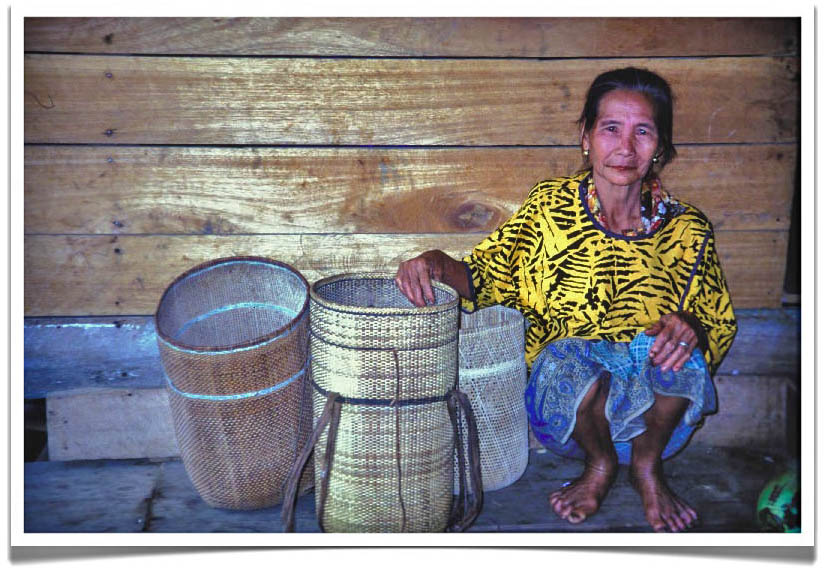Tool Repair
 Wednesday, January 6, 2010 at 10:24AM
Wednesday, January 6, 2010 at 10:24AM The handle on Naw Aung's (see Naw Aung and His Sagawa) machete cracked while laying out the baseline of the management area in Shinlonga (see The Last Stake). Probably from over use. He repaired it in the field using the local rattan, pyant kyein (Calamus nambariensis Becc.). Wonderful to watch this. First he split the cane and shaved it down to the appropriate size. Then he wove a ring, which he slipped over the cracked handle and then pounded into place to close the crack using another piece of rattan as a buffer. He finished the job by weaving a beautiful rattan sleeve around the handle. The machete was back in use clearing line the next day.







